Perkins Engine 1000 Service Manual
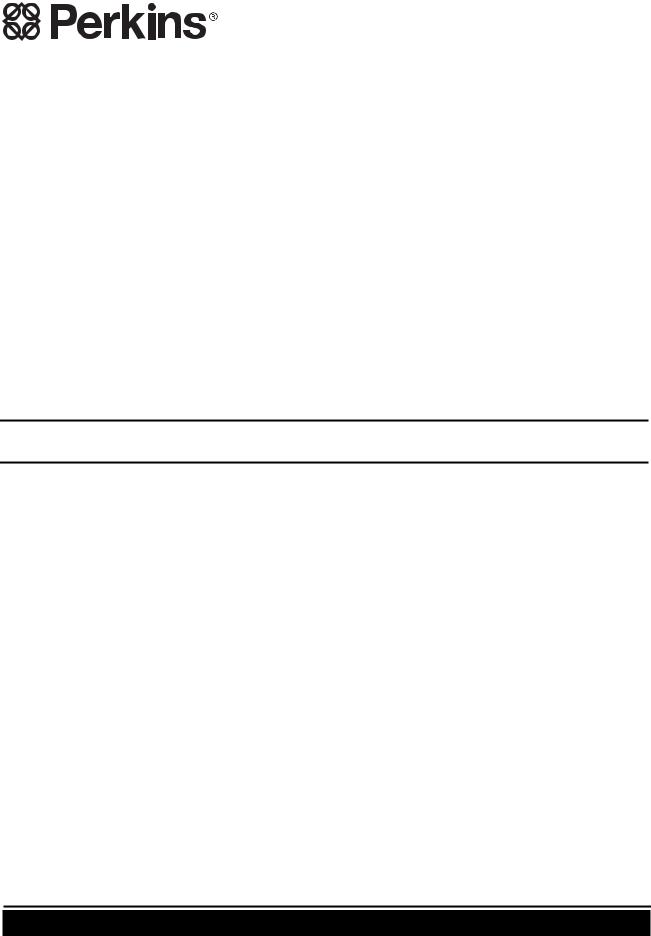
TPD1329E, Issue 3
July 2000
User’s
Handbook
Perkins 1000 Series
AA to AH
YA to YD
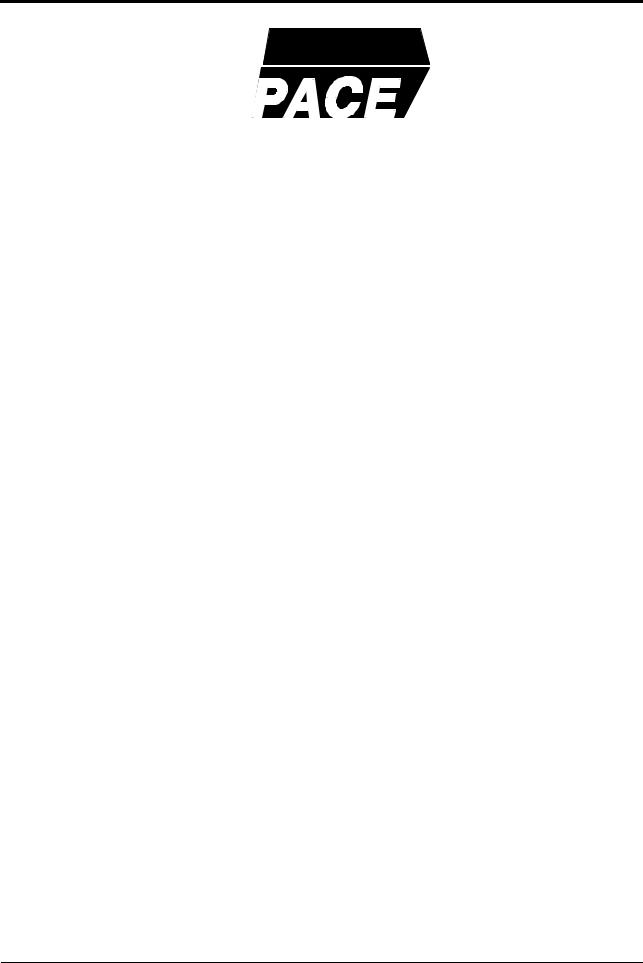
This publication is written in
Perkins Approved Clear English
Chapters
1General information
2Engine views
3Operation instructions
4Preventive maintenance
5Engine fluids
6Fault diagnosis
7Engine preservation
8Parts and service
9General data
The following pages contain a detailed table of contents
2

Contents
1 General Information
Introduction . . . . . . . . . . . . . . . . . . . . . . . . . . . . . . . . . . . . . . . . . . . . . . . . . . . . . . . . . . . . 5 How to care for your engine . . . . . . . . . . . . . . . . . . . . . . . . . . . . . . . . . . . . . . . . . . . . . . . 6 Engine identification . . . . . . . . . . . . . . . . . . . . . . . . . . . . . . . . . . . . . . . . . . . . . . . . . . . . . 7
Perkins companies . . . . . . . . . . . . . . . . . . . . . . . . . . . . . . . . . . . . . . . . . . . . . . . . . . . . . . 8
General safety precautions . . . . . . . . . . . . . . . . . . . . . . . . . . . . . . . . . . . . . . . . . . . . . . . . 9
2 Engine views
Introduction . . . . . . . . . . . . . . . . . . . . . . . . . . . . . . . . . . . . . . . . . . . . . . . . . . . . . . . . . . . 11
Location of engine parts . . . . . . . . . . . . . . . . . . . . . . . . . . . . . . . . . . . . . . . . . . . . . . . . . 11
3 Operation instructions
How to start the engine . . . . . . . . . . . . . . . . . . . . . . . . . . . . . . . . . . . . . . . . . . . . . . . . . . 13
How to stop the engine . . . . . . . . . . . . . . . . . . . . . . . . . . . . . . . . . . . . . . . . . . . . . . . . . . 16 Adjustment of the engine speed range . . . . . . . . . . . . . . . . . . . . . . . . . . . . . . . . . . . . . . 16
Running-in . . . . . . . . . . . . . . . . . . . . . . . . . . . . . . . . . . . . . . . . . . . . . . . . . . . . . . . . . . . . 16
Turbocharged engines . . . . . . . . . . . . . . . . . . . . . . . . . . . . . . . . . . . . . . . . . . . . . . . . . . 16 Altitude . . . . . . . . . . . . . . . . . . . . . . . . . . . . . . . . . . . . . . . . . . . . . . . . . . . . . . . . . . . . . . 16
4 Preventive maintenance
Preventive maintenance periods . . . . . . . . . . . . . . . . . . . . . . . . . . . . . . . . . . . . . . . . . . . 17 Schedules . . . . . . . . . . . . . . . . . . . . . . . . . . . . . . . . . . . . . . . . . . . . . . . . . . . . . . . . . . . . 18 How to drain the cooling system . . . . . . . . . . . . . . . . . . . . . . . . . . . . . . . . . . . . . . . . . . . 20 How to check the specific gravity of the coolant . . . . . . . . . . . . . . . . . . . . . . . . . . . . . . . 21 How to check the drive belt(s) . . . . . . . . . . . . . . . . . . . . . . . . . . . . . . . . . . . . . . . . . . . . . 22 How to clean the gauze strainer of the fuel lift pump . . . . . . . . . . . . . . . . . . . . . . . . . . . 23 Fuel pre-filter . . . . . . . . . . . . . . . . . . . . . . . . . . . . . . . . . . . . . . . . . . . . . . . . . . . . . . . . . . 23
How to renew the element(s) of the fuel filter . . . . . . . . . . . . . . . . . . . . . . . . . . . . . . . . . 24 How to renew the element(s) of the separate element type . . . . . . . . . . . . . . . . . . . . . . 25 How to renew the filter canister of the canister fuel filter . . . . . . . . . . . . . . . . . . . . . . . . 26 How to renew the canister of the quick release fuel filter . . . . . . . . . . . . . . . . . . . . . . . . 27 Atomiser fault . . . . . . . . . . . . . . . . . . . . . . . . . . . . . . . . . . . . . . . . . . . . . . . . . . . . . . . . . 28
3

How to renew an atomiser . . . . . . . . . . . . . . . . . . . . . . . . . . . . . . . . . . . . . . . . . . . . . . . . |
28 |
How to eliminate air from the fuel system . . . . . . . . . . . . . . . . . . . . . . . . . . . . . . . . . . . . |
29 |
How to renew the lubricating oil of the engine . . . . . . . . . . . . . . . . . . . . . . . . . . . . . . . . . |
34 |
How to renew the canister of the lubricating oil filter . . . . . . . . . . . . . . . . . . . . . . . . . . . . |
35 |
How to clean the closed breather system . . . . . . . . . . . . . . . . . . . . . . . . . . . . . . . . . . . . |
36 |
How to clean the integral closed breather system . . . . . . . . . . . . . . . . . . . . . . . . . . . . . . |
37 |
The open breather system . . . . . . . . . . . . . . . . . . . . . . . . . . . . . . . . . . . . . . . . . . . . . . . . |
38 |
Air cleaner . . . . . . . . . . . . . . . . . . . . . . . . . . . . . . . . . . . . . . . . . . . . . . . . . . . . . . . . . . . . |
39 |
Air filter . . . . . . . . . . . . . . . . . . . . . . . . . . . . . . . . . . . . . . . . . . . . . . . . . . . . . . . . . . . . . . |
40 |
Restriction indicator . . . . . . . . . . . . . . . . . . . . . . . . . . . . . . . . . . . . . . . . . . . . . . . . . . . . . |
40 |
How to check the valve tip clearances . . . . . . . . . . . . . . . . . . . . . . . . . . . . . . . . . . . . . . |
41 |
5 Engine fluids
Fuel specification . . . . . . . . . . . . . . . . . . . . . . . . . . . . . . . . . . . . . . . . . . . . . . . . . . . . . . . 43
Lubricating oil specification . . . . . . . . . . . . . . . . . . . . . . . . . . . . . . . . . . . . . . . . . . . . . . . 44 Coolant specification . . . . . . . . . . . . . . . . . . . . . . . . . . . . . . . . . . . . . . . . . . . . . . . . . . . . 45
6 |
Fault diagnosis |
|
Problems and possible causes . . . . . . . . . . . . . . . . . . . . . . . . . . . . . . . . . . . . . . . . . . . . |
48 |
|
List of possible causes . . . . . . . . . . . . . . . . . . . . . . . . . . . . . . . . . . . . . . . . . . . . . . . . . . |
49 |
|
7 |
Engine preservation |
|
Introduction . . . . . . . . . . . . . . . . . . . . . . . . . . . . . . . . . . . . . . . . . . . . . . . . . . . . . . . . . . . |
51 |
|
8 Parts and service
Introduction . . . . . . . . . . . . . . . . . . . . . . . . . . . . . . . . . . . . . . . . . . . . . . . . . . . . . . . . . . . 53
Service literature . . . . . . . . . . . . . . . . . . . . . . . . . . . . . . . . . . . . . . . . . . . . . . . . . . . . . . . 53 Training . . . . . . . . . . . . . . . . . . . . . . . . . . . . . . . . . . . . . . . . . . . . . . . . . . . . . . . . . . . . . . 53
POWERPART recommended consumable products . . . . . . . . . . . . . . . . . . . . . . . . . . . 53
9 General data
Engine . . . . . . . . . . . . . . . . . . . . . . . . . . . . . . . . . . . . . . . . . . . . . . . . . . . . . . . . . . . . . . . |
55 |
4
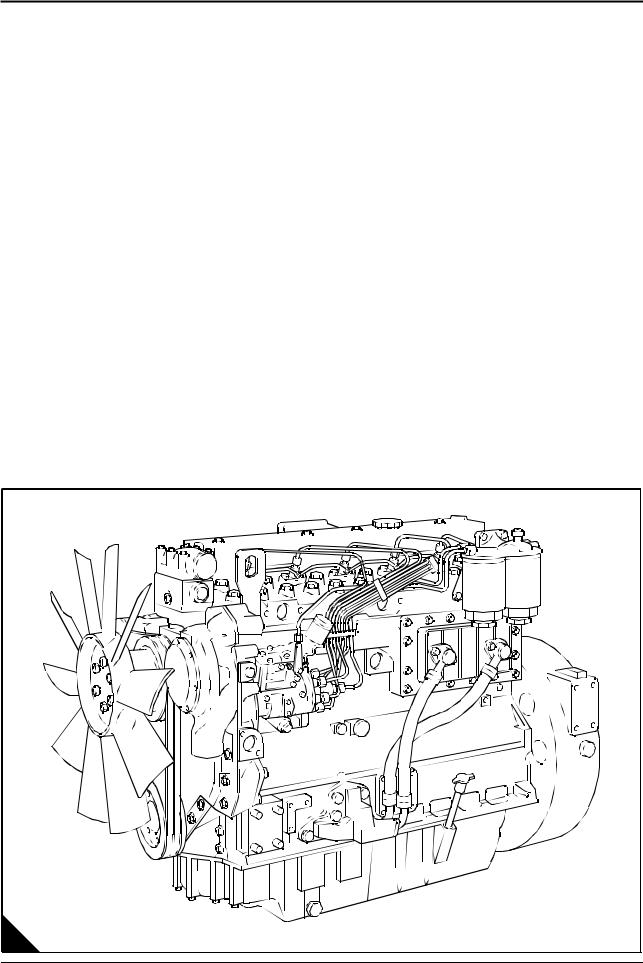
1
General Information
Introduction
The Perkins 1000 Series industrial and agricultural engines are the latest developments from Perkins Engines Limited a world leader in the design and manufacture of high performance diesel engines.
More than sixty years of diesel production experience, together with the latest technology, have been applied to the manufacture of your engine to give you reliable and economic power.
To ensure that you use the relevant information for your specific engine type, refer to "Engine identification" on page 7.
A
Danger is indicated in the text by two methods:
Warning! This indicates that there is a possible danger to the person.
Caution: This indicates that there is a possible danger to the engine.
Note: Is used where the information is important, but there is not a danger.
A0314
5

1
How to care for your engine
Warning! Read the "Safety precautions" and remember them. They are given for your protection and must be applied at all times.
Caution: Do not clean an engine while it runs. If cold cleaning fluids are applied to a hot engine, certain components on the engine may be damaged.
This handbook has been written to assist you to maintain and operate your engine correctly.
To obtain the best performance and the longest life from your engine, you must ensure that the maintenance operations are done at the intervals indicated in "Preventive maintenance". If the engine works in a very dusty environment or other adverse conditions, certain maintenance intervals will have to be reduced. Renew the filter canisters and lubricating oil regularly in order to ensure that the inside of your engine remains clean.
Ensure that all adjustments and repairs are done by personnel who have had the correct training. Perkins distributors have this type of personnel available. You can also obtain parts and service from your Perkins distributor. If you do not know the address of your nearest distributor, enquire at one of the Perkins companies listed on page 8.
The terms "left side" and "right side" apply when the engine is seen from the flywheel end.
6
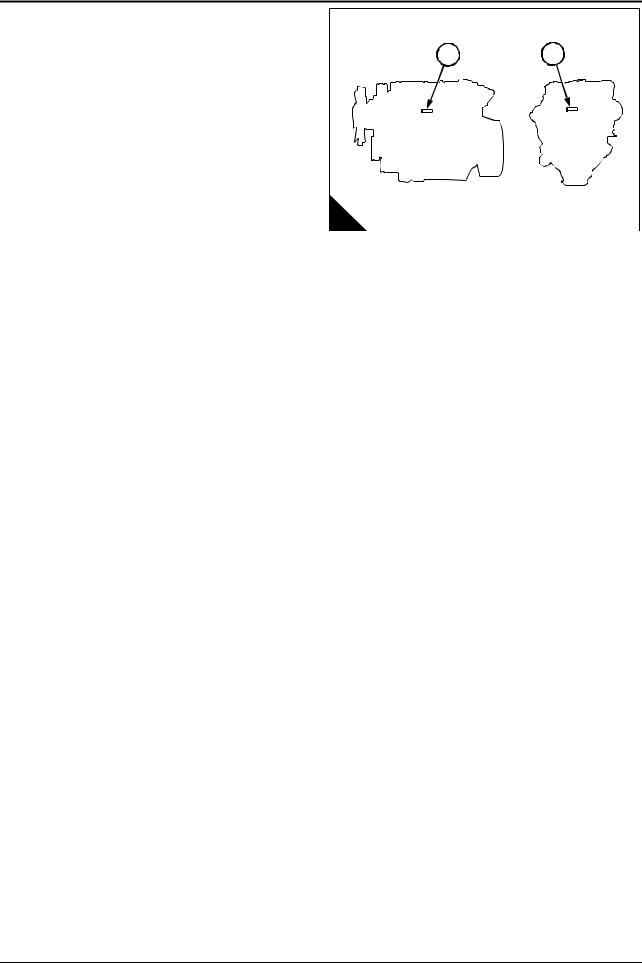
1
Engine identification
The 1000 Series consists of a range of both four and six cylinder engines. Each range has four basic engine types, naturally aspirated, compensated, turbocharged and turbocharged with an intercooler.
There are different model variations within each range. Identification of the various models is by a system of numbers and letters, for example:
1006-60TW |
|
1006 |
6 cylinder engine |
-60 |
6 litre engine |
T |
Turbocharged |
TW |
Turbocharged, but with an air |
|
to water intercooler to cool |
|
the induction air between the |
|
turbocharger and the |
|
cylinders. |
Engines used for generator sets have a similar system of model identification, for example:
1006-60TWG1 |
|
1006 |
6 cylinder engine |
-60 |
6 litre engine |
T |
Turbocharged |
TW |
Turbocharged, but with an air |
|
to water intercooler |
G |
Generator set |
1 |
Rating code number |
In this handbook, the different engine types are indicated by their code letters, which are the first two letters of the engine number as indicated below:
Code Letters |
Engine type |
|
|
|
|
AA |
Four cylinder, naturally aspirated. |
|
|
|
|
AB |
Four cylinder, turbocharged. |
|
|
|
|
AC |
Four cylinder, compensated. |
|
|
|
|
AD |
Four cylinder, turbocharged |
|
and intercooled. |
||
|
||
|
|
|
AG |
Four cylinder, naturally aspirated, |
|
belt driven coolant pump. |
||
|
||
|
|
|
AH |
Four cylinder, turbocharged, |
|
belt driven coolant pump. |
||
|
||
|
|
|
YA |
Six cylinder, |
|
naturally aspirated. |
||
|
||
|
|
|
YB |
Six cylinder, turbocharged. |
|
|
|
|
YC |
Six cylinder, compensated. |
|
|
|
|
YD |
Six cylinder, turbocharged |
|
and intercooled |
||
|
||
|
|
1 |
2 |
|
||
|
|
|
|
|
|
|
|
|
|
A |
|
A0043 |
The correct identification of the engine is by the full engine number.
The engine number is stamped on a label (A1) which is fastened to the left side of the cylinder block. Some engines also have the engine number stamped on the rear of the cylinder block (A2). An example of the engine number is:
AB30126U510256N
If you need parts, service or information for your engine, you must give the complete engine number to your Perkins distributor. If there is a number in the area of the label marked TPL No, then this number must also be given to your Perkins distributor.
7

1
Perkins companies
Australia
Perkins Engines Australia Pty. Ltd,
Suite 4, 13A Main Street,
Mornington 3931, Victoria, Australia.
Telephone: 0061 (0) 597 51877
Telex: Perkoil AA30816
Fax: 0061 (0) 0597 1305
France
Perkins France S.A.S, “Parc des reflets”
165 Avenue Du Bois de la Pie
95700 Roissy Charles de Gaulle, France. Telephone: 0033 (01) 49 90 7171
Fax: 0033 (01) 49 90 7190
Germany
Perkins Motoren GmbH,
Saalaeckerstrasse 4,
63801 Kleinostheim,
Germany.
Telephone: 0049 6027 5010
Fax: 0049 6027 501124
Italy
Motori Perkins S.p.A., Via Socrate 8,
22070 Casnate con Bernate (Como), Italy. Telephone: 0039 031 4633466 / 031 4633488 Fax: 0039 031 565480 / 031 396001
Japan
Perkins Engines, Inc., Address Building, 8th Floor, 2-2-19 Akasaka, Minato-ku, Tokyo 107-0052, Japan.
Telephone: 0081 (0) 3 3560 3878 Fax: 0081 (0) 3 3560 3877
Singapore
Perkins Engines (Asia Pacific) pte Ltd 20 Harbour Drive
#07-06A, PSA Vista
Singapore 117612 Telephone: (65) 874 7712 Fax: (65) 874 7722
United Kingdom
Perkins Engines Company Ltd,
Eastfield, Peterborough PE1 5NA,
England.
Telephone: 0044 (0) 1733 58 3000
Telex: 32501 Perken G
Fax: 0044 (0) 1733 582240
United States of America
Perkins International - North America,
26200 Town Center Drive,
Suite 280,
Novi, Michigan 48375
USA
Telephone: 001 248 374 3100
Fax: 001 248 374 3110
Perkins Engines Latin America Inc,
Suite 200,
701, Waterford Way (NW 62nd Avenue),
Miami, FL 33134
U.S.A.
Telephone: 001 305 476 6900
Telex: 32501 Perken G
Fax: 001 305 476 6910
In addition to the above companies, there are Perkins distributors in most countries. Perkins Engines Company Limited., Peterborough or one of the above companies can provide details.
8

1
General safety precautions
These safety precautions are important. You must refer also to the local regulations in the country of use. Some items only refer to specific applications.
lOnly use these engines in the type of application for which they have been designed.
lDo not change the specification of the engine.
lDo not smoke when you put fuel in the tank.
lClean away fuel which has been spilt. Material which has been contaminated by fuel must be moved to a safe place.
lDo not put fuel in the tank while the engine runs (unless it is absolutely necessary).
lDo not clean, add lubricating oil, or adjust the engine while it runs (unless you have had the correct training; even then extreme care must be used to prevent injury).
lDo not make adjustments that you do not understand.
lEnsure that the engine does not run in a location where it can cause a concentration of toxic emissions.
lOther persons must be kept at a safe distance while the engine or auxiliary equipment is in operation.
lDo not permit loose clothing or long hair near moving parts.
lKeep away from moving parts during engine operation. Warning! Some moving parts cannot be seen clearly while the engine runs.
lDo not operate the engine if a safety guard has been removed.
lDo not remove the filler cap or any component of the cooling system while the engine is hot and while the coolant is under pressure, because dangerous hot coolant can be discharged.
lDo not allow sparks or fire near the batteries (especially when the batteries are on charge) because the gases from the electrolyte are highly flammable. The battery fluid is dangerous to the skin and especially to the eyes.
lDisconnect the battery terminals before a repair is made to the electrical system.
lOnly one person must control the engine.
lEnsure that the engine is operated only from the control panel or from the operators position.
lIf your skin comes into contact with high-pressure fuel, obtain medical assistance immediately.
lDiesel fuel and lubricating oil (especially used lubricating oil) can damage the skin of certain persons. Protect your hands with gloves or a special solution to protect the skin.
lDo not wear clothing which is contaminated by lubricating oil. Do not put material which is contaminated with oil into the pockets of clothing.
lDiscard used lubricating oil and coolant in accordance with local regulations to prevent contamination.
lEnsure that the control lever of the transmission drive is in the "out-of-drive" position before the engine is started.
lUse extreme care if emergency repairs must be made in adverse conditions.
lThe combustible material of some components of the engine (for example certain seals) can become extremely dangerous if it is burned. Never allow this burnt material to come into contact with the skin or with the eyes.
lAlways use a safety cage to protect the operator when a component is to be pressure tested in a container of water. Fit safety wires to secure the plugs which seal the hose connections of a component which is to be pressure tested.
lDo not allow compressed air to contact your skin. If compressed air enters your skin, obtain medical help immediately.
lTurbochargers operate at high speed and at high temperatures. Keep fingers, tools and debris away from the inlet and outlet ports of the turbocharger and prevent contact with hot surfaces.
lFit only genuine Perkins parts.
9
This page is intentionally blank
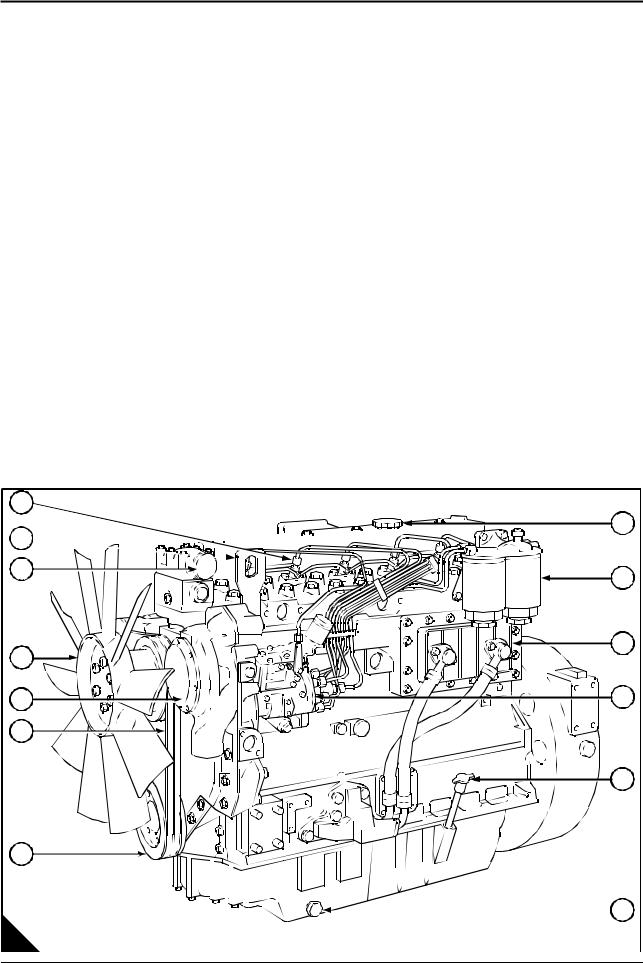
2
Engine views
Introduction
Perkins engines are built for specific applications and the views which follow do not necessarily match your engines specification.
Location of engine parts
Front and left side of the YB engine (A)
1 |
Filler cap for the lubricating oil |
8 |
Drive belt |
2 |
Fuel filter |
9 |
Coolant pump |
3 |
Lubricating oil cooler |
10 |
Fan |
4 |
Fuel injection pump |
11 |
Coolant outlet |
5 |
Lubricating oil dipstick |
12 |
Front lift bracket |
6 |
Drain plug for the lubricating oil |
13 |
Atomiser |
7 |
Crankshaft pulley |
|
|
13
1
12 



11
2
10
9 |
8 |
3 |
4 |
5
7
|
|
|
|
|
|
|
|
|
|
|
|
|
|
|
6 |
|
|
|
|
|
|
|
|
|
|
|
|
|
|
|
|
|
|
|
|
|
|
|
|
|
|
|
|
|
|
|
|
A |
|
|
|
|
|
|
|
|
|
||||||
|
|
|
|
|
|
|
|
|
|||||||
|
|
|
|
|
|
|
|
|
|
A0314/1 |
|||||
11
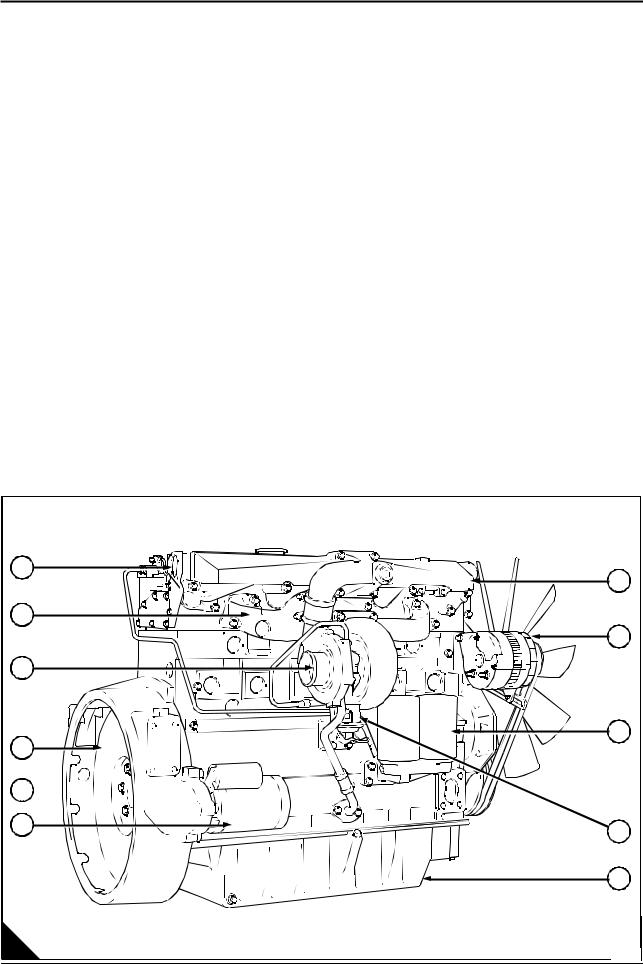
2
Rear and right side of the YB engine (A)
14 |
Induction manifold |
20 |
Flywheel housing |
|
15 |
Alternator |
21 |
Flywheel |
|
16 |
Lubricating oil filter |
22 |
Turbocharger |
|
17 |
Fuel lift pump |
23 |
Exhaust manifold |
|
18 |
Lubricating oil sump |
24 |
Rear lift bracket |
|
19 |
Starter motor |
|
|
|
|
|
|
|
|
24
23
22
21
20 

19
A
14
15
16
17
18
A0315
12

3
Operation instructions
How to start the engine
Several factors affect engine start, for example:
lThe power of the batteries
lThe performance of the starter motor
lThe viscosity of the lubricating oil
lThe installation of a cold start system
Diesel engines need a cold starting aid if they are to start in very cold conditions. Normally, your vehicle or your machine will be fitted with the correct equipment for your region of operation.
Perkins engines can be equipped with various cold starting systems. For the 1000 Series engines these systems are:
Fuelled starting aid
An electrically operated device which ignites a specific amount of diesel fuel in the induction manifold in order to heat the induction air.
Port heaters
These electrical devices are fitted in the induction manifold and heat the induction air. They are operated automatically when the starter motor is engaged. When these devices are fitted, the start procedure for a cold engine is the same as that given for a cold engine start without starting aids.
Start Pilot
A hand pump is used to inject a cold start fluid into the induction manifold through an atomiser. The cold start fluid ignites at a lower temperature than diesel fuel.
The cold start fluid is contained in a separate reservoir. Certain models use a push button to actuate a solenoid which releases the cold start fluid from an aerosol container.
KBi
This system uses an aerosol container filled with a cold start fluid. The fluid is released by a solenoid, which is operated by a push button. The cold start fluid is sprayed into the induction manifold through a nozzle. The cold start fluid ignites at a lower temperature than diesel fuel.
Caution: If the engine is to be run after a period in storage, see "Caution" on page 52.
13
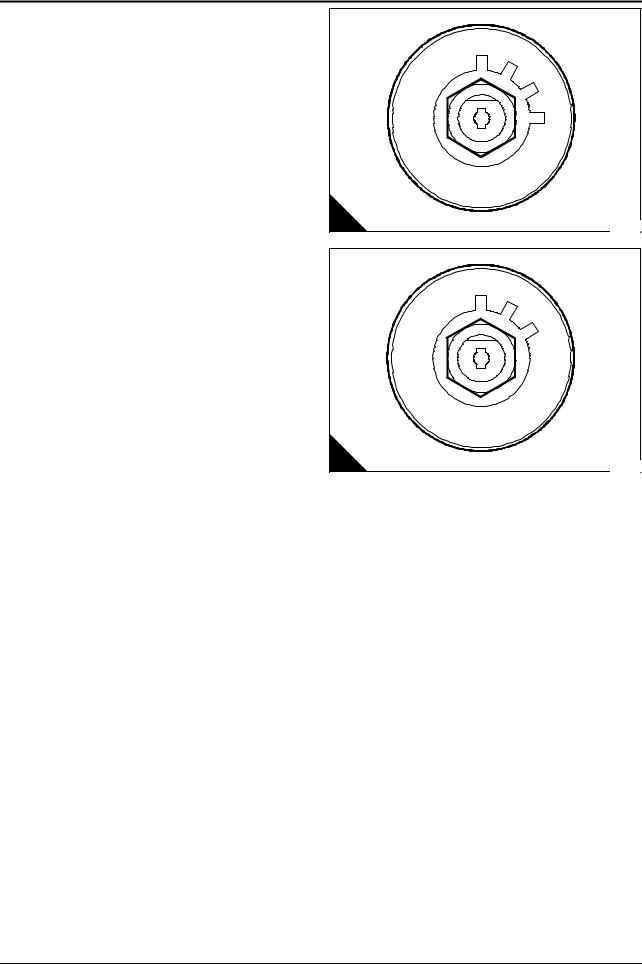
3
How to start a warm engine
1If the engine is equipped with a manual stop control, ensure that it is in the "run" position.
2Adjust the engine speed control to the quarter open position.
3Turn the start key to the "HS" or "S" position (A) or
(B) to engage the starter motor.
4Allow the start key to return to the "R" position, as soon as the engine starts.
Always ensure that the engine and starter motor are stationary before the starter motor is engaged again.
How to start a cold engine without starting aids
1If the engine is equipped with a manual stop control, ensure that it is in the "run" position.
2Adjust the engine speed control to the maximum speed position.
3Turn the start key to the "S" position (B) to engage the starter motor. Allow the key to return to the "R" position, when the engine starts. Then adjust the engine speed control to get an even idle speed.
4If the engine does not start in 30 seconds, allow the start key to the "R" position for another 30 seconds. Then engage the starter motor again for a maximum period of 30 seconds.
How to start a cold engine with the fuelled starting aid
Caution: Ether type fuels must not be used at the same time as a fuelled starting aid.
1If the engine is equipped with a manual stop control, ensure that it is in the "run" position.
2Turn the start key to the "H" position (A) and keep it there for 15 seconds.
3Adjust the engine speed control to the maximum speed position.
4Turn the start key to the "HS" position in order to engage the starter motor. Allow the start key to return to the "R" position, when the engine starts. Then adjust the engine speed control to give an even idle speed.
5If the engine does not start in 15 seconds, turn the start key to the "H" position and hold it there for 10 seconds. Then engage the starter motor again.
A
B
0
R
H
H
S
A1015
0
R
S
A1016
14

3
How to start a cold engine with manually operated Start Pilot
Caution: Start Pilot equipment must not be used with heater type starting aids such as the fuelled starting aid.
Do not use the hand pump until the starter motor is engaged. The amount of fluid which is necessary for an engine start will be found by experience.
1If necessary, fill the reservoir with fluid. Lift the cover of the reservoir and press the can, head down, onto the filler plug. Hold it squarely until the fluid fills the bowl to the maximum mark.
2If the engine is equipped with a manual stop control, ensure that it is in the "run" position.
3Adjust the engine speed control to the maximum speed position.
4Turn the start key to the "S" position (page 14/B) in order to engage the starter motor. Hold the start key in this position for a maximum of 30 seconds and operate the hand pump during this period. When the engine starts, release the start key to the "R" position and adjust the engine speed control to get an even idle speed.
5If the engine does not start in 30 seconds, allow the start key to return to the "R" position for another 30 seconds. Then engage the starter motor and operate the hand pump again.
In certain conditions, it is necessary to inject a little more fluid after the engine has started in order to ensure that the engine continues to run.
The air filter at the outer end of the pump must be inspected from time to time. If necessary, it must be washed in kerosene.
The inside surface of the cylinder can be lightly lubricated with a thin lubricating oil.
The nozzle can be removed from the induction manifold and washed in kerosene, if necessary. Use the direction mark on the nozzle body to ensure that the nozzle is fitted in its original position.
How to start a cold engine with KBi or electrically operated Start Pilot
Caution: KBi equipment must not be used with heater type cold starting aids such as the fuelled starting aid.
1If necessary, renew the screw type canister. Ensure that the sealing washer remains in position when the new canister is fitted. Each container has a safety valve.
2If the engine is equipped with a manual stop control, ensure that it is in the "run" position.
3Adjust the engine speed control to the maximum speed position.
4Turn the start key to the "S" position (page 14/B) in order to engage the starter motor.
5When the engine turns, press the starting aid button for a maximum period of 2 seconds. If the engine does not start after the first 2 second application, keep the starter motor engaged. After 5 seconds, press the button again for 2 seconds.
6Allow the start switch to return to the "R" position, when the engine starts. Then adjust the engine speed control to get an even idle speed. In certain conditions it is necessary to inject a little more fluid after the engine has started, in order to ensure that the engine continues to run.
15

3
How to stop the engine Altitude
Caution: It is recommended that a turbocharged engine is run at approximately 1000 rev/min at a reduced load for 2-3 minutes before it is shut down. This will allow the turbocharger to cool.
According to the equipment fitted, either turn the engine start key to the "O" position (page 14/A or B) or operate the manual stop control. If a manual stop control is used, ensure that the control returns to the "run" position after the engine has stopped. Also ensure that the engine start key is turned to the "O" position.
Adjustment of the engine speed range
The idle or the maximum speed settings must not be changed by the engine operator, because this can damage the engine or transmission. The warranty of the engine can be affected if the seals on the fuel injection pump are broken during the warranty period by a person who is not approved by Perkins.
Running-in
Cautions:
lDo not operate the engine at high speeds without a load.
lDo not overload the engine.
A gradual running-in of a new engine or POWER EXCHANGE engine is not necessary. Prolonged operation at light loads during the early life of the engine can cause lubricating oil to enter the exhaust system. Maximum load can be applied to a new engine as soon as the engne is put into service and the coolant temperature has reached a minimum of 60 °C (140 °F).
The engine will benefit if the load is applied as soon as possible after the engine is put into service.
Turbocharged engines
Because of the power characteristics of the turbocharged engines it is necessary to maintain a high engine speed when you climb a gradient. To ensure that the engine is not overloaded at low engine speeds engage a lower gear.
If the naturally aspirated engine is to run at an altitude above 600 m (2,000 ft), the fuel delivery can be changed to reduce fuel consumption and smoke. Perkins can give the percentage of fuel reduction necessary if details of engine application and ambient conditions are given. Changes to the settings of the fuel injection pump must be made by a Perkins distributor or by an approved distributor for the fuel injection pump.
16

4
Preventive maintenance
Preventive maintenance periods
These preventive maintenance periods apply to average conditions of operation. Check the periods given by the manufacturer of the equipment in which the engine is installed. Use the periods which are shortest. When the operation of the engine must conform to the local regulations these periods and procedures may need to be adapted to ensure correct operation of the engine.
It is good preventive maintenance to check for leakage and loose fasteners at each service.
These maintenance periods apply only to engines that are operated with fuel and lubricating oil which conform to the specifications given in this handbook.
17
